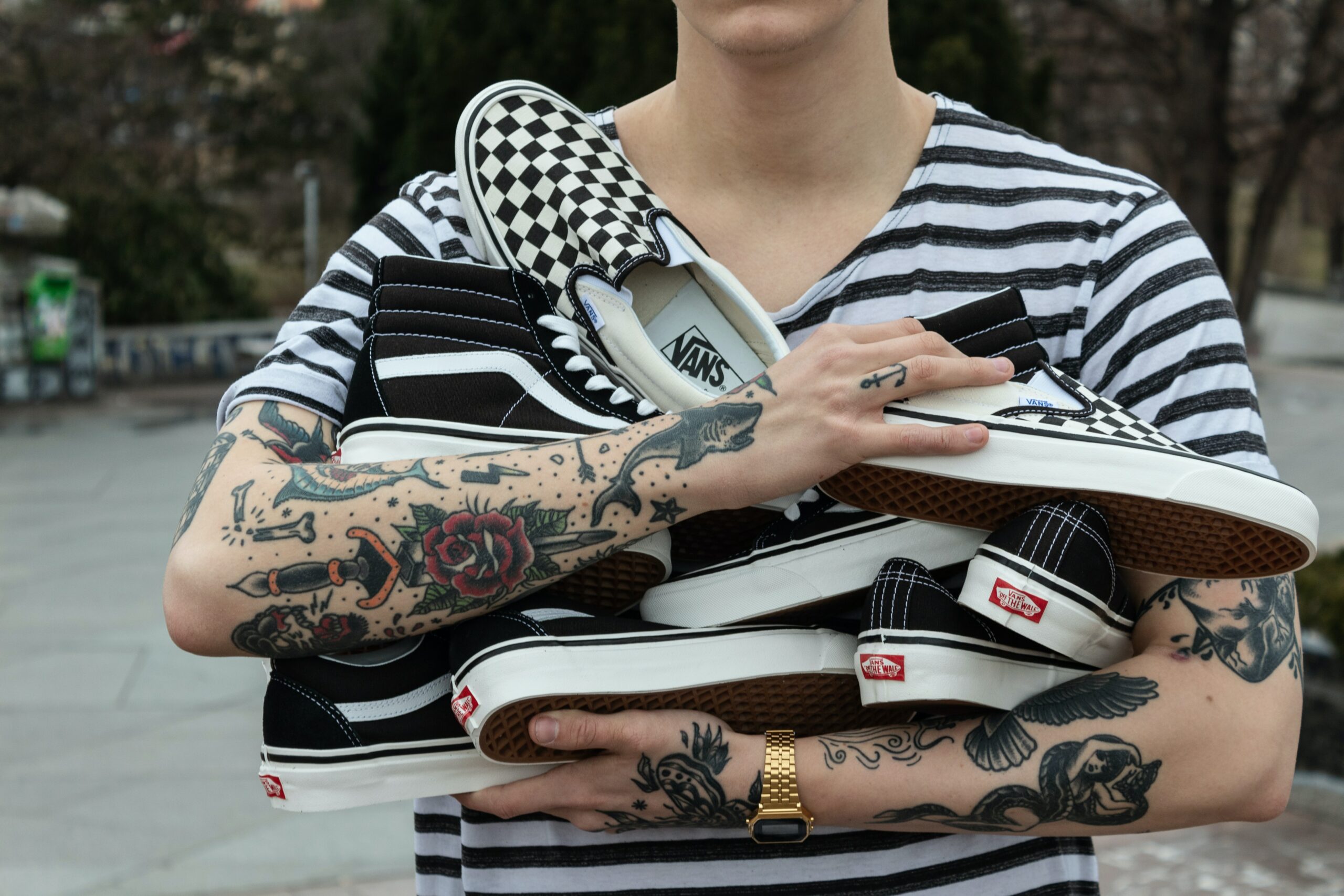Innovation challenge in an infinite choice world
Many brands are paralysed by fear of what to do next. The winners will be those brave enough to think, plan and act like a start-up
Brave brands use innovation to grow faster. Average annual sales growth of 10.7% was enjoyed by the top one third bravest brands, according to our research. A 1% average fall was suffered by the bottom third.[1]
We set out to rank 240 leading brands according to their bravery – defined by how bold, active and resonant consumers perceive them to be.

Axe, H&M and Vans were among the bravest, in our Bravery Index. Least brave brands included The Gap, Hershey’s and KFC.[2]
H&M, in the top third of our bravest brands, saw annual sales rise 17.9%. In contrast sales grew by just 3.2% over the same period for The Gap, one of the least brave brands in the bottom third.[3]
The results are striking. And they provide a cautionary message for the many brand owners in today’s global marketplace paralysed by the fear of what to do next?
The struggle to get ahead
Innovation has never been easy. But it is especially tough in a changing world where scale is no longer an advantage and consumers have more choice than ever before.
The ease with which new products can now be developed and brought to market is a major challenge. The rapid growth of new competitors prepared to fail is another. Considered in isolation, the market share acquired by each new entrant is negligible. But as a group these newcomers pose a considerable threat.
Not so long ago, established brands like Unilever and P&G, HSBC and Barclays, Nike and Reebok had only each other to worry about. Now, growing numbers of agile upstarts are snapping at their heels.
In the US alone, the number of available products is increasing much faster than the GDP. Meanwhile average revenue per product is falling – by around 4% annually. money available to spend on new products is more hotly contested than ever.[4]
Honesty is key
Brand owners need the right mind set to effectively compete. And this starts with being honest in their assessment of the difference and value of their products compared to those of their competitors.
The biggest challenge for all innovators is the gap between the thousands of hours it takes to develop a new product, and the five seconds it takes for a consumer to consider it.
But too many big companies overestimate how different their products are from their competitors’, how valuable that difference is, and how well consumers understand it.
Being honest isn’t easy. But when winning innovation depends on sorting out naturally biased thinking from the true picture, brand owners need to be more objective in their decision-making and detach themselves from their emotional investment.
Stress test early and often
Successful innovation strategies are stress tested early and often.
This means developing an approach that forces honest discussion upfront, identifies and tests critical hypotheses as soon as possible, and demands proof over belief earlier in the process than previously expected.
Identifying and solving gaps or hypotheses that don’t prove right when tested is essential to maximise a new product’s chances of success.
Relentless focus on the target
Successful innovation in today’s marketplace is all about creating stunning obvious value for the right audience. Not, average value to the masses.
This means the stronger an innovation resonates with some consumers, the more they are likely to alienate others – something that brave brands accept and embrace.
This also means a company must ask itself some tough questions from day one:
What conscious customer tension are we solving? What will they buy our offering instead of? How can we make the value immediately obvious? What unfair advantage can we bring based on our capabilities?
Innovation has never been tougher than in today’s world of infinite choice. But with the right mind set, strategy and support every brave brand owner with a commitment to innovate can start to close the gap between the thousands of hours and few second to make every minute they invest really count.
